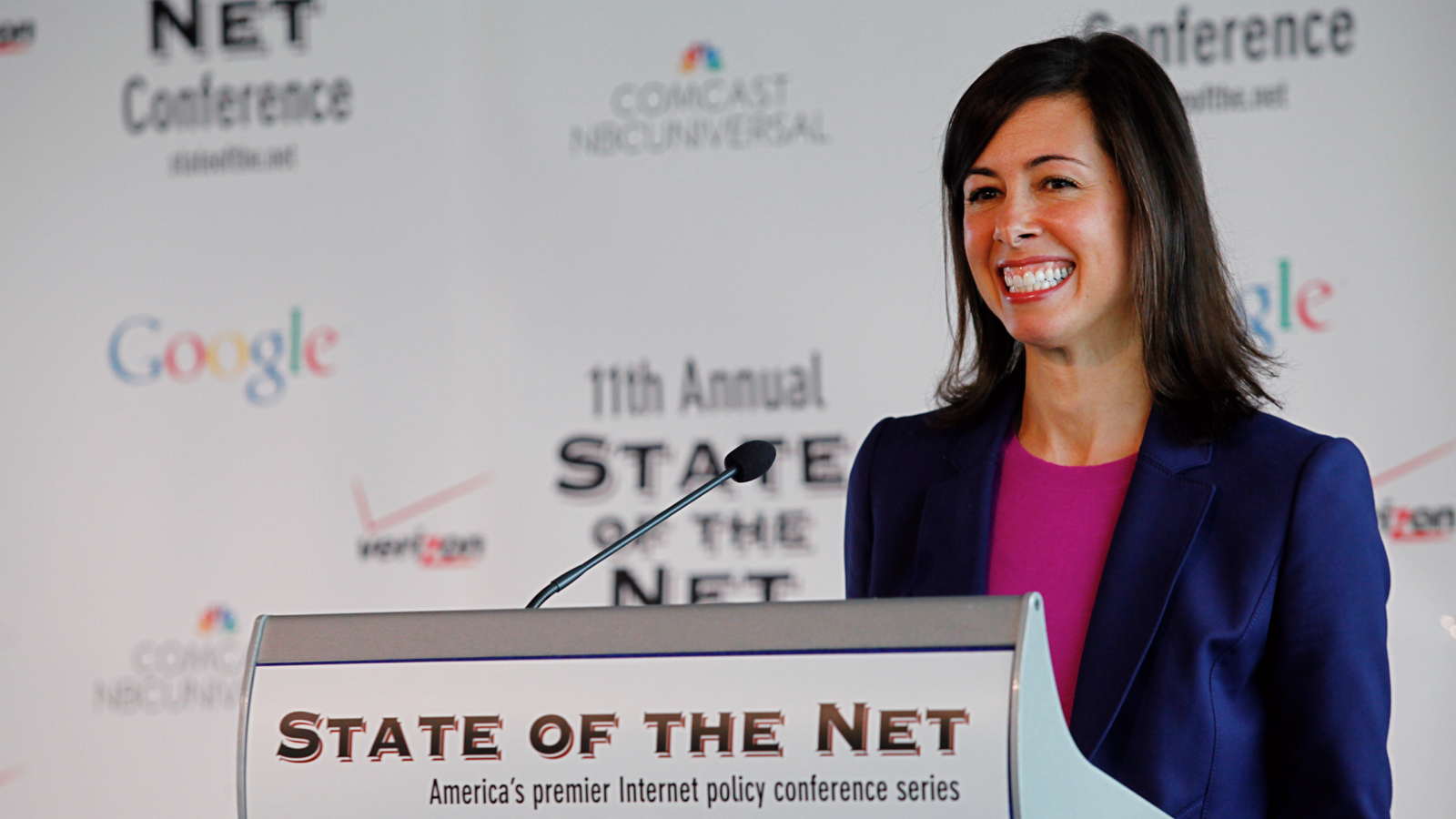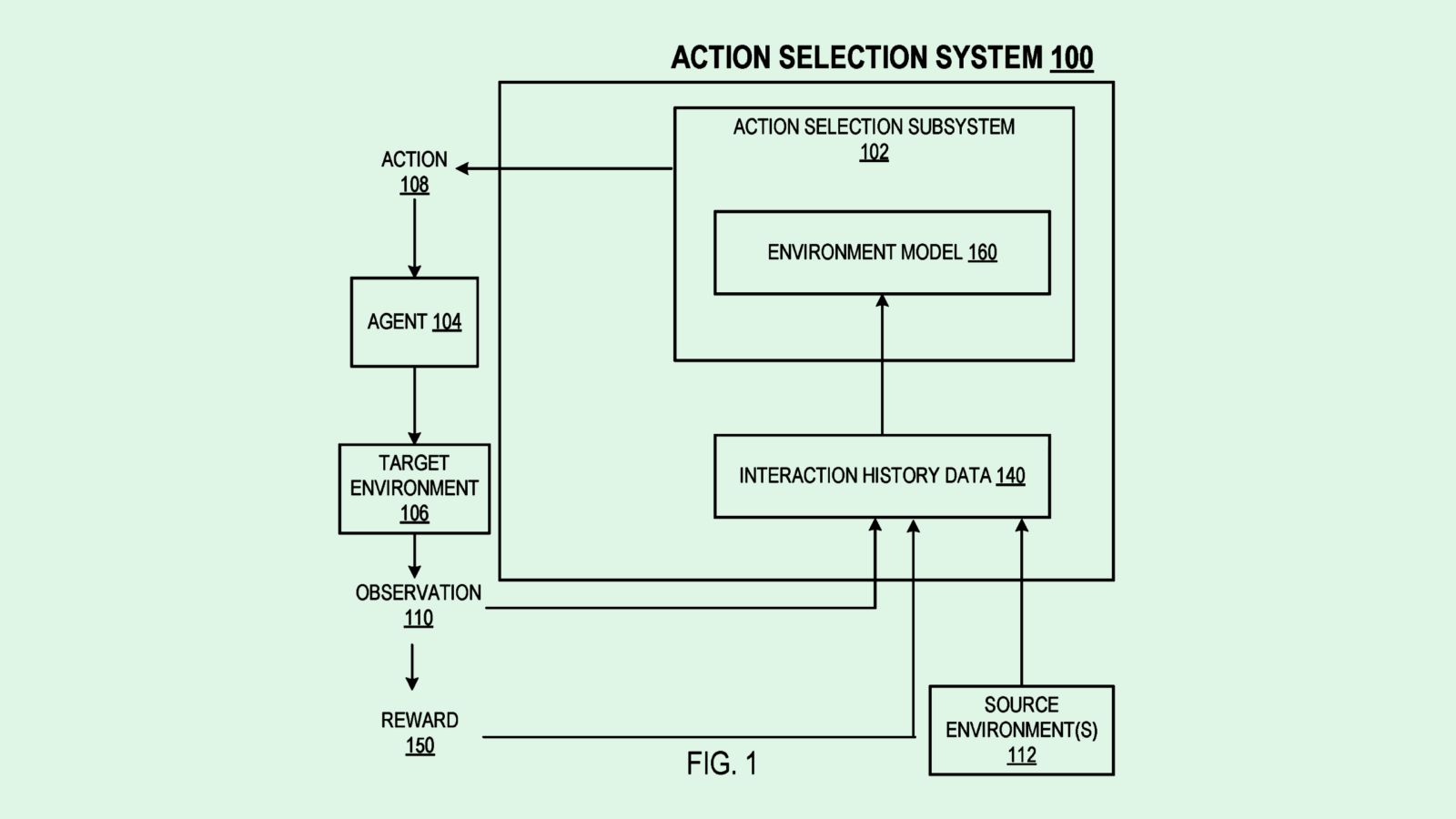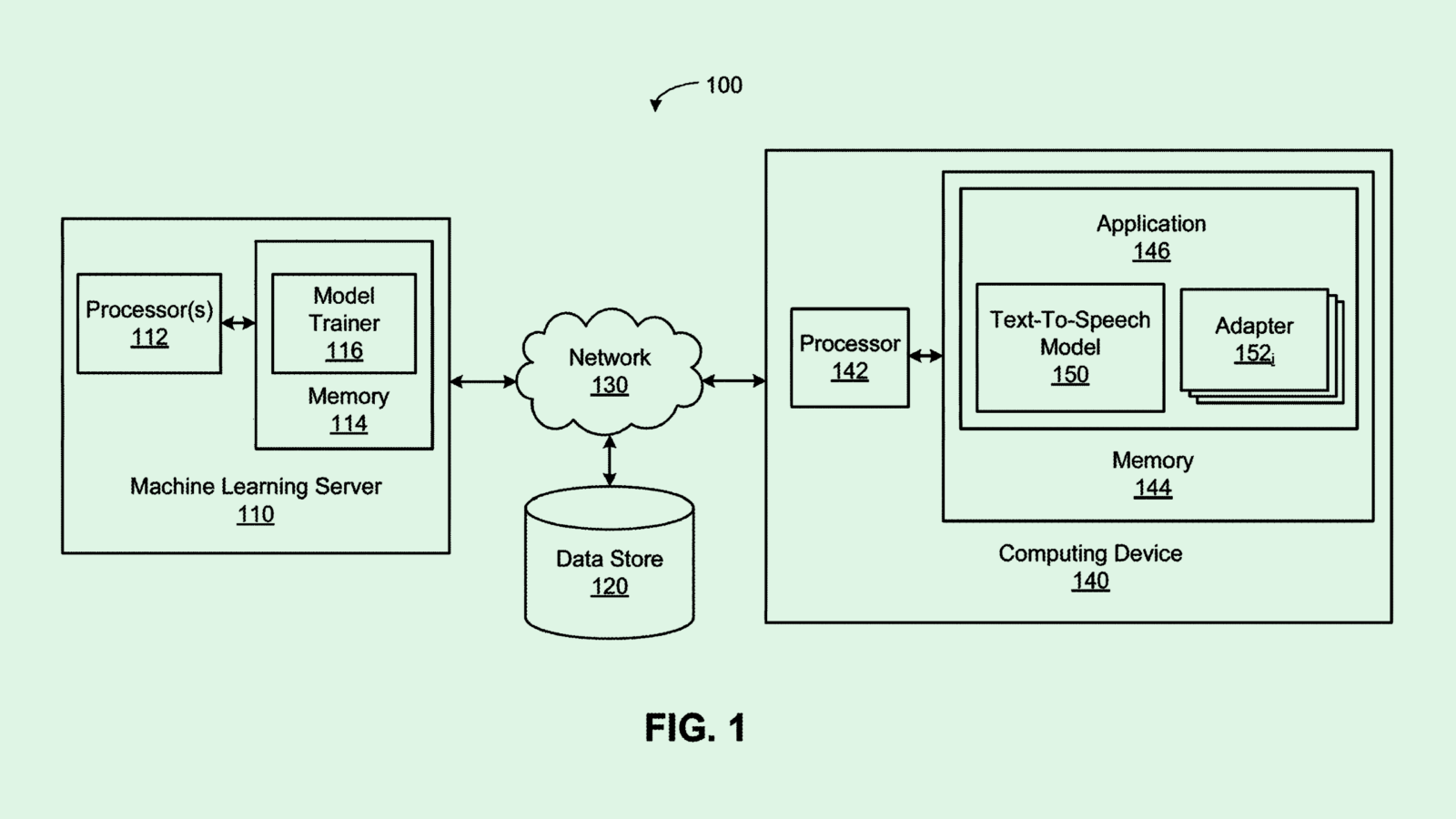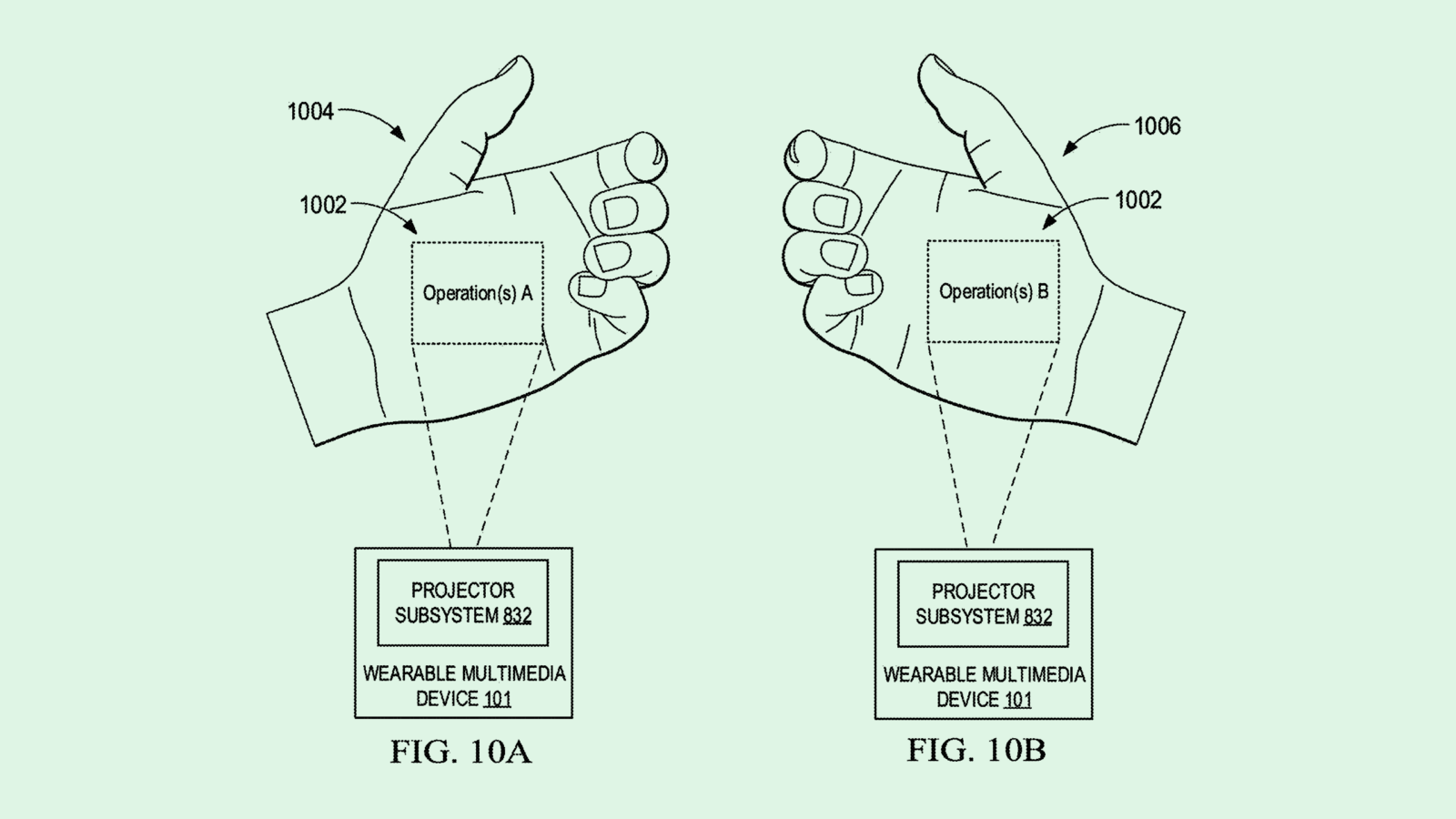Microsoft Goes Sleuthing
We’re taking a peek into Microsoft’s cybersecurity sleuth, Google’s tech to predict your next move, and how Ford is heating up its EV…
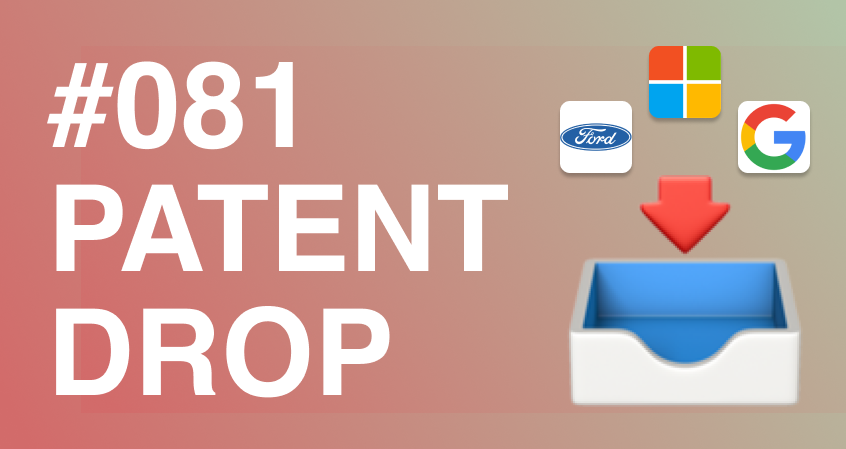
Sign up to uncover the latest in emerging technology.
Happy Thursday and welcome to Patent Drop!
This morning, we’re taking a peek into Microsoft’s cybersecurity sleuth, Google’s tech to predict your next move, and how Ford is heating up its EV transition.
Let’s dive in.
#1. Detective Microsoft
Microsoft wants to find the odd man out.
The company is seeking to patent “anomaly cyberattack campaign detection” for cloud tenants. This tech can detect cyberattacks occurring against multiple cloud customers by analyzing activity to find “sharing anomalies,” or when an activity shared between two cloud customers is out of the ordinary.
Basically, this tech tracks things like activity time frames, the similarity of activity between cloud customers, or “how unusual it is for different tenants to share an activity,” Microsoft said in its filing. The company also noted that this system may potentially utilize machine learning for pattern recognition.
“Data that appears benign in a single tenant’s activities may indicate an attack when the same or similar data is also found for additional tenants,” the company noted in its application.
Once an anomaly is found, the system implements “attack mitigation tools” such as alerting admin and security personnel, upping security requirements (i.e., multifactor authentication, human review of requests, etc.), increasing auditing to get it under control and reducing the potential damages.
Microsoft’s technique analyzes multiple kinds of activity to consider any angle that a bad actor could use in a cyberattack, noting in its filing that “no single security mechanism is able to detect every kind of cyberattack … but sometimes combining and layering a sufficient number and variety of defenses will deter an attacker, or at least limit the scope of harm from an attack.”

Implementing this kind of security is a smart move for Microsoft, said Ali Allage, CEO of BlueSteel Cybersecurity, as the company is a major provider of cloud services through Microsoft Azure. The company boasts thousands of both personal and commercial Azure clients, including 95% of Fortune 500 companies. The more tenants they work with, the better they’ll be able to track anomalous behavior, especially with machine learning.
“It totally makes sense that they’re going in that direction,” Allage told me. “They have Azure environments, and have better capabilities to cross-reference different accounts.”
Security practices are often implemented with a “one-size-fits-all” approach, said Allage, which can sometimes let incidents slip through the cracks. But this system allows Microsoft deeper insight into the behaviors of their individual clients to get a better read on what may or may not be deemed as anomalous.
“What they have is a greater breadth of not only the security best practices, but they can actually see how organizations are doing certain things within their ecosystems in order to provide that insight,” Allage told me.
This lets Microsoft constantly search for potential security concerns, and may go farther than a “zero trust” approach, said Allage which requires constant validation of who is allowed to access what. It can also add in tons of latency to workflow processes. The caveat? Azure clients would have to put “a lot of blind faith and trust” in giving Microsoft access to the inner workings of their companies, he added.
While we know how Microsoft plans to protect its cloud tenants, the question still remains: Which of those clients will get protection? While this tech could be applied to personal accounts, it would likely be better put to use with Azure’s commercial clients, as they’re more likely to suffer breaches and have more data to compare and contrast.
However, Microsoft decides to spin it, getting cloud cybersecurity right is important as more organizations move their data from on-premise servers to cloud services – and cyberattacks against cloud systems get more complex and frequent.
#2. Google’s Akinator
Google wants to know your browsing habits like the back of its hand.
The company is looking to patent what it calls “page-based prediction of user intent,” aiming to make browsing more efficient. Based on information such as how a user arrived at a certain webpage, how long the user stays on that page, and what content they’re being shown, Google uses machine learning to determine where the user may click next. Then, this system will overlay a small, clickable box with additional content based on that prediction.
For example, say you’re planning a trip and researching sites to see in a new city. Google’s system would take it upon itself to flash a small box in the corner of the screen, recommending you a blog about the best food spots or hidden gems in that city. Or, if you’re shopping for new sneakers, Google may bring up an article reviewing the kicks you’re after.
Google said in its filing that the “manual approach” to searching for just the right product, web page, or article is an “inefficient use of user time and computer resources.”
“Users may have difficulty manually identifying web pages that include information necessary or useful for completion of the task, and doing so may often take an extended amount of time,” Google said in its filing.


There are a few reasons Google may be interested in knowing your next move. If you look at it optimistically, Google could use this tech to steer people away from harmful content, like misinformation or hate speech, and could go hand-in-hand with its system to predict content and page quality that we discussed in Patent Drop last week. For example, if you’re researching Covid-19 numbers in different countries, this tech might nudge you toward official government pages, rather than spammy, conspiracy-laden Reddit posts that don’t pass Google’s quality catcher.
The other (and probably more likely) reason Google would want to implement this tech is, of course, its potential in digital advertising. Google makes the majority of its cash from digital ad sales, raking in $42 billion in revenue from search ads alone last year. This tech could give Google another way to place ads, filling these overlays with promos that relate to whatever a user is searching. Even if these overlays themselves don’t contain ads, the more time users spend clicking through the rabbit holes that Google is making for them, the more ads they can sell on other pages.
That said, Google is currently in hot water for its advertising practices, including an ongoing lawsuit from the DOJ alleging the company has an ad monopoly, and a recently introduced bill aiming to break up Big Tech’s ad sectors. If using this tech for ads is the plan, Google may need to tread lightly.
One more thing to consider: Google has touted major plans for adding AI to its search engine over the last several months, with SVP Prabhakar Raghavan, saying at an event that the company is “reinventing what it means to search.” Given that this tech utilizes machine learning, this filing may reveal what’s in store.
#3. Ford pumps the heat
Ford is heating up its EV ambitions … and the EVs themselves.
The auto manufacturer filed a patent application for “heat pump refrigerant loop arrangements” to help keep your car just the right temperature. Ford’s filing outlined a system that allows refrigerants to more easily circle through the heat pump to raise the temperature in a vehicle. Ford also noted that this operation may be reversed, a process that cools down a vehicle rather than heating it up.
Basically, this tech can efficiently change the temperature of a vehicle – and its battery – in extreme weather environments without the use of a traditional climate control system.
We’re not going to sugarcoat it, the patent application itself is dull. What’s not dull, however, are the implications: Heat pumps are poised to be a major part of the EV transition.

Generally, heat pumps are used as a climate-friendly alternative to AC units and furnaces in homes, as they use electricity rather than gas, all while expending 60% less energy than ACs. These devices pull heat from the air outside and compress it to warm your home or push the heat out to cool it.
When applied to an EV, heat pumps come with environmental benefits, allowing the vehicle to go farther thanks to less energy being spent controlling the climate in the cabin. Beyond that, these pumps can help start and run your car for longer distances in harsh weather conditions. In the winter, a heat pump can quickly warm up an EV battery, so a driver won’t be stranded with a frozen battery that won’t start. In the summer, these pumps can keep your battery from overheating, then use that energy to extend your car’s range.
According to a recent survey from Morning Consult, 46% of people surveyed held out on buying an EV due to how it may operate in cold weather, and 45% cited battery fires as a disincentive. Heat pumps may help assuage concerns among EV skeptics of how an electric car may react to a Minnesota winter or an Arizona summer.
Ford’s interest in adding a heat pump system is not unexpected. The manufacturer has made electrifying its fleet a top priority for the last several years, aiming to manufacture EVs at a run rate of 600,000 vehicles by the end of 2023 and 2 million by the end of 2026. The company has sought out several patents for EV technology in recent years, including an EV charging reservation system and a hydrogen-powered vehicle.
This patent also isn’t the first that the company has filed for heat pumps, having filed an application in 2019 for an internal heat pump system that became public in September. However, this application, filed originally in December 2022, is another sign that a Ford vehicle with an integrated heat pump is in the works, adding yet another element to the company’s EV master plan.
If you like what you see, click here to subscribe to Patent Drop. Have any comments, tips or suggestions? Drop us a line! Email at admin@patentdrop.xyz or shoot us a DM on Twitter @patentdrop.
